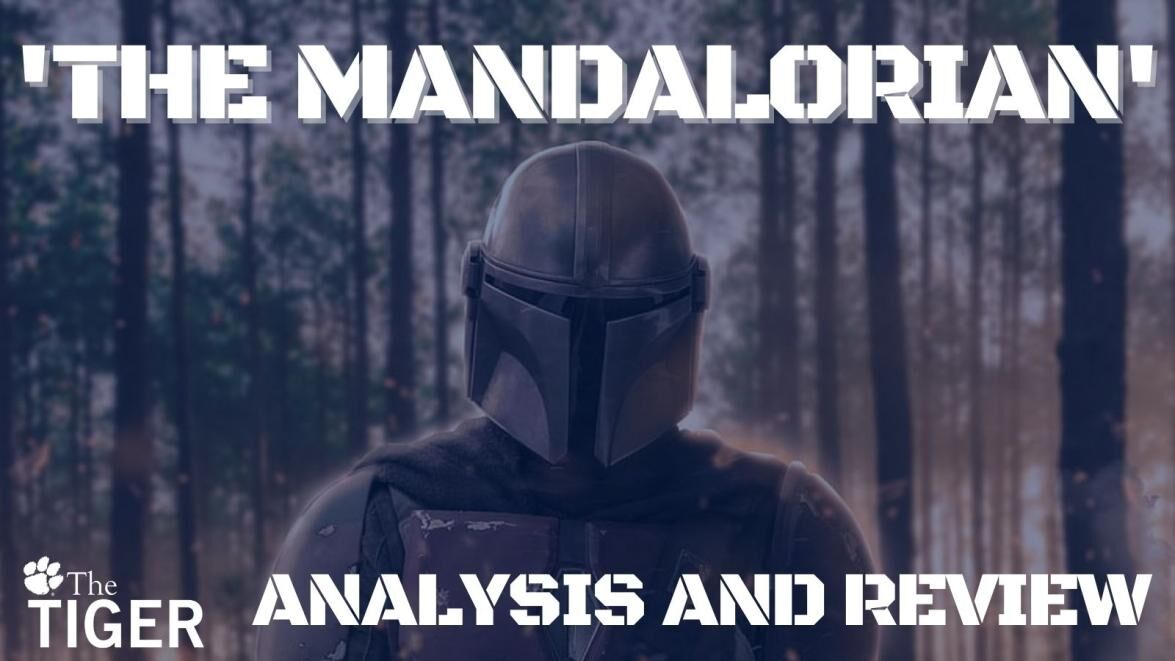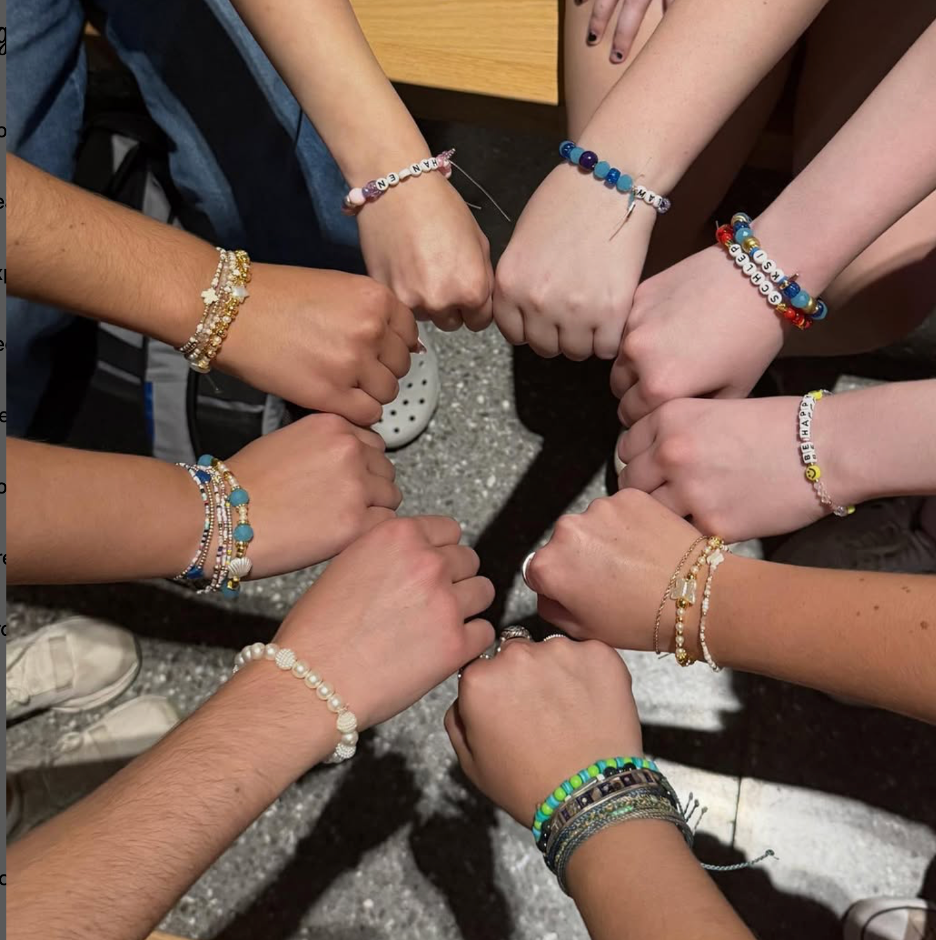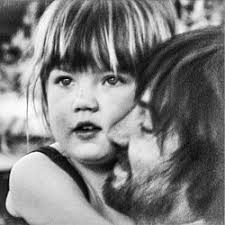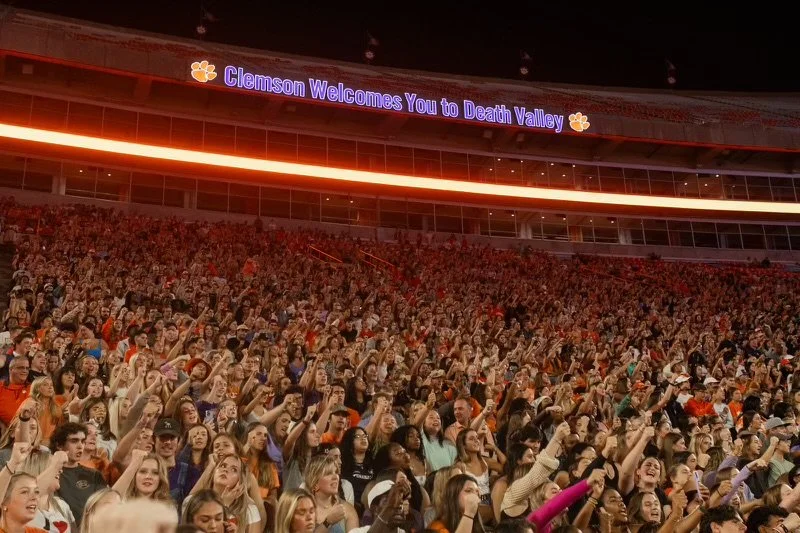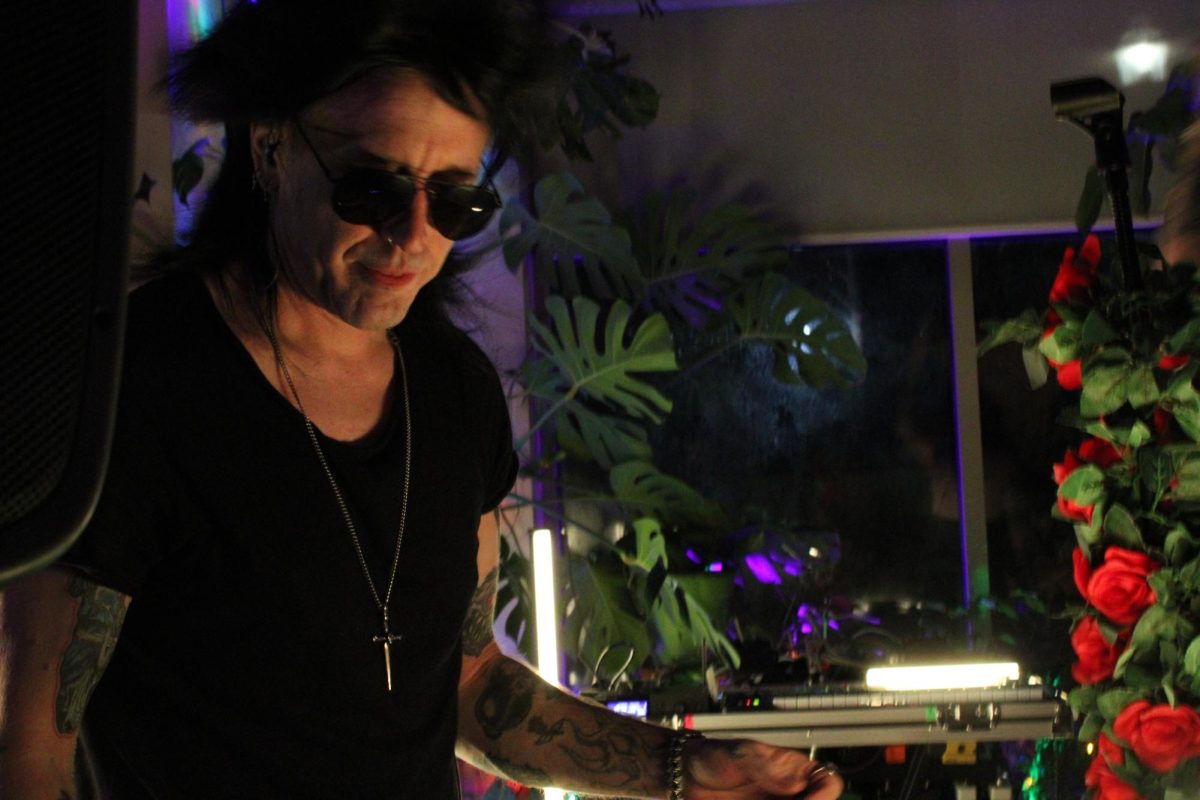As most finales are, this episode was big, so beware spoilers! My episode seven analysis is available for your perusal until you finish the season.
Because it is the topic that remains at the forefront of everybody’s mind, we first need to address episode eight’s bantha in the room: Luke Skywalker.
In my last analysis, I predicted that either Luke or a new Jedi would come for Grogu in the last moments of the episode. While my former prediction came true, I was incorrect in believing that a Jedi’s appearance would serve as a cliffhanger for the episode. Instead, Luke’s time in the episode — though painfully short and lacking extensive dialogue — is nicely concluded. Rather than acting as an exciting element for a cliffhanger, Luke’s appearance serves as the deus ex machina for not only the episode, but also the series.
Expertly set up, Luke’s introduction is surrounded by mystery, at least where the characters on screen are concerned. The looming presence of the Dark Troopers and the musical score (which is fantastic throughout the episode) indicate that something important is going to happen, and the arrival of a single X-wing is clearly the event that the episode builds towards. From the moment the starfighter flies onto screen and a hooded figure leaves the cockpit, fans are aware of who has answered Grogu’s call.
Hints such as the gloved right hand, the green lightsaber and the formidable strength in the Force systematically confirm viewers’ suspicions. The icing on the cake of this buildup is the obvious call back to Darth Vader’s iconic “Rogue One” hallway scene, which Filoni has already referenced using Maul in season seven episode 11 of “Star Wars: The Clone Wars.” Now, Luke follows in his father’s footsteps, though the portrayal of the scene is far more heroic; in Darth Vader’s scene, the camera is angled so the fans relate more to the Rebels who are being slaughtered, but in Luke’s scene, the camera follows him in his progression through the Dark Troopers.
These elements, alongside R2-D2’s surprise appearance towards the end of the episode, contribute to the things that fans have come to love about Luke in the original trilogy. It demonstrates the simple aspects of his character that not only make him memorable but also make him a truly powerful Jedi, and it reminds the audience just why the Jedi are so influential in the galaxy.
During the Clone Wars, Jedi were able to single-handedly turn the tide of an entire battle. Now, with the number of Jedi severely limited, the power that Jedi wield is even more starkly contrasted against the abilities of everyone else in the galaxy. Whereas Din struggles against a single Dark Trooper, Luke annihilates an entire platoon in a matter of minutes. Din is correct in stating that Grogu is too powerful for him since his strength in the Force makes him dangerous on a level that Din — and the galaxy at large — is no longer used to dealing with.
The sheer power and skill at Luke’s disposal make him a god-like figure within the confines of the universe, and he quite literally swoops in at the last minute to save the day. However, in a series that prides itself on referencing and including B-rated characters (though they have slightly broken away from this during season two with Bo-Katan Kryze, Boba Fett and Ahsoka Tano), Luke Skywalker is a shining star to fans everywhere.
Though many have complained about the slightly off CGI effects used to construct Luke’s face, the approach that “The Mandalorian” takes in including Luke is the most respectful and makes the most sense. In the case of a younger Han Solo and Landa Calrissian in “Solo,” the movie was too long and intricate for CGI effects, so the roles were respectfully passed onto younger actors. Since Luke’s face is only on screen for a few minutes at most, it would have been questionable to add another actor to the iconic role when modern technology and Mark Hamill’s phenomenal voice acting abilities suffice. It is the same technique used in “Rogue One” and “The Rise of Skywalker,” and it was undeniably the right call in bringing such a beloved character into the story of “The Mandalorian.”
The necessity of Luke’s presence in the plot is also clear. Ezra Bridger’s current location is unknown and will likely be investigated throughout the upcoming series “Ahsoka.” Cal Kestis, who has not been seen outside of Star Wars Jedi: Fallen Order, which takes place 14 years prior to the Battle of Yavin, is likely dead. Any other Jedi would have to be introduced for the first time, which would needlessly complicate the plot and character relations. Luke Skywalker was the right choice for this episode, and his appearance was treated with the respect and weight that it deserved.
However, Grogu’s choice to accompany Luke does raise questions regarding his fate when Ben Solo turns to the dark side. Does the gremlin survive the destruction of the Jedi Temple, and if he does, will we ever discover what he is doing throughout the events of the sequel trilogy? Additionally, one questionable aspect of Luke’s appearance in “The Mandalorian” is his anonymity. It is slightly odd that he only introduces himself as a Jedi rather than giving his name, especially when a reference to the iconic “I’m Luke Skywalker. I’m here to rescue you.” scene would have been all too easy. Bo-Katan’s reaction would also have been interesting to see considering her familiarity with Anakin Skywalker during the Clone Wars. Cara Dune, though, must recognize one of the most well-known faces of the Rebellion, but it is entirely possible that her reaction is bypassed in order to give levity to the final scene between Din and Grogu.
The temporary end of the two’s time together, while heart-wrenching, also raises questions about the future of “The Mandalorian.” Grogu, in choosing to join Luke’s budding Jedi academy, has effectively left the show for the foreseeable future. Now, the audience gets to see Din as he journeys the galaxy not only separate from Grogu, but also as a man who has willingly given up his Creed and who is now the rightful wielder of the Darksaber. Din, in letting Grogu go and selflessly giving him a look at his pseudo-father’s face before he goes, accomplishes what many characters in “Star Wars” are unable to. He lets go of the one he loves, and he does it in the most caring and thoughtful way possible. The grace with which he does so puts even Obi-Wan Kenobi to shame, and Anakin Skywalker should honestly take notes. “The Rescue” is a pivotal episode for Din, and it simultaneously demonstrates him as both a hardened fighter and a loving parent. Now, with his task accomplished, Din must find his new place in the galaxy in the third season.
Considering that “Ahsoka” will likely continue the search for Thrawn and that “The Book of Boba Fett” will examine Boba and Fennec’s path on Tatooine, the only remaining loose end from season two is the Nite Owls’ quest to reclaim Mandalore. Din and the Darksaber will obviously play a crucial role in these efforts, and Bo-Katan (and possibly Koska Reeves) will likely become recurring, if not regular, characters in the third season of “The Mandalorian.”
“The Rescue” was a solid conclusion of Grogu’s storyline, a masterful introduction of a beloved character and a respectful development of the titular character of the series. It also concisely concludes Moff Gideon’s threat with an impressive lightsaber fight, which viewers have been waiting for since the Darksaber first appeared in Chapter 8. With so many moving parts, the episode could have easily spun out of control or seemed too chaotic. However, Peyton Reed and the entire cast and crew came together to create what is clearly the best episode of “The Mandalorian” to date. In fact, it is likely the best television episode that “Star Wars” has ever seen, and it will be difficult for any upcoming series to top it.
Dave Filoni, in describing the efforts that went into the second season of “The Mandalorian,” noted that “The Empire Strikes Back” should always be better than “A New Hope.” This sequel definitively built off the strengths of its predecessor while adding new and exciting elements. Just as the ending of “The Empire Strikes Back” is its strongest element, “The Mandalorian” ends with a finale that perfectly encapsulates the strength and values of the series.
Despite there being no movie in 2020, “The Mandalorian” has ensured that “Star Wars” ended the year on a high note, and the countless upcoming projects will likely bring only more glory to this franchise. “The Mandalorian” was a turning point for “Star Wars,” and now we can only wait eagerly as the universe continues to evolve and grow. Thanks for reading, and I hope you’ve enjoyed the second season of “The Mandalorian” as much as I have!



